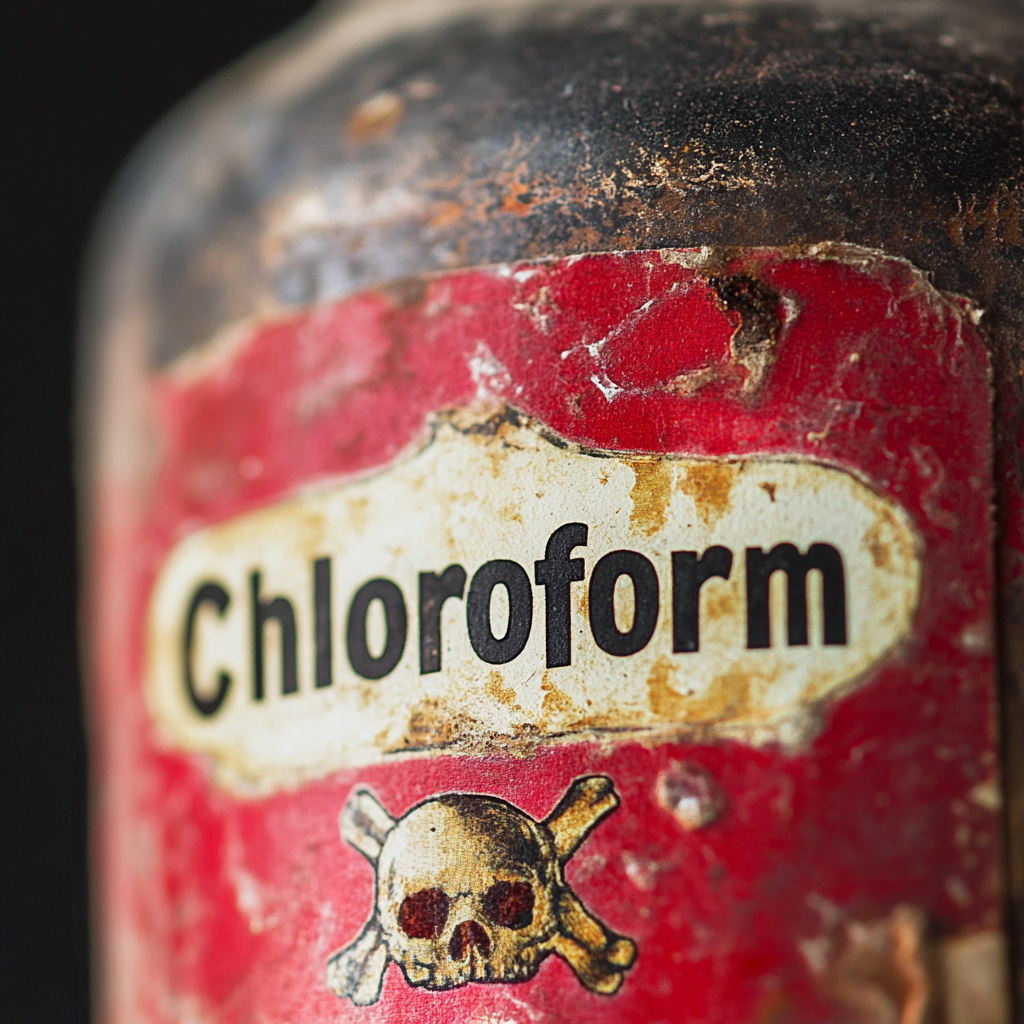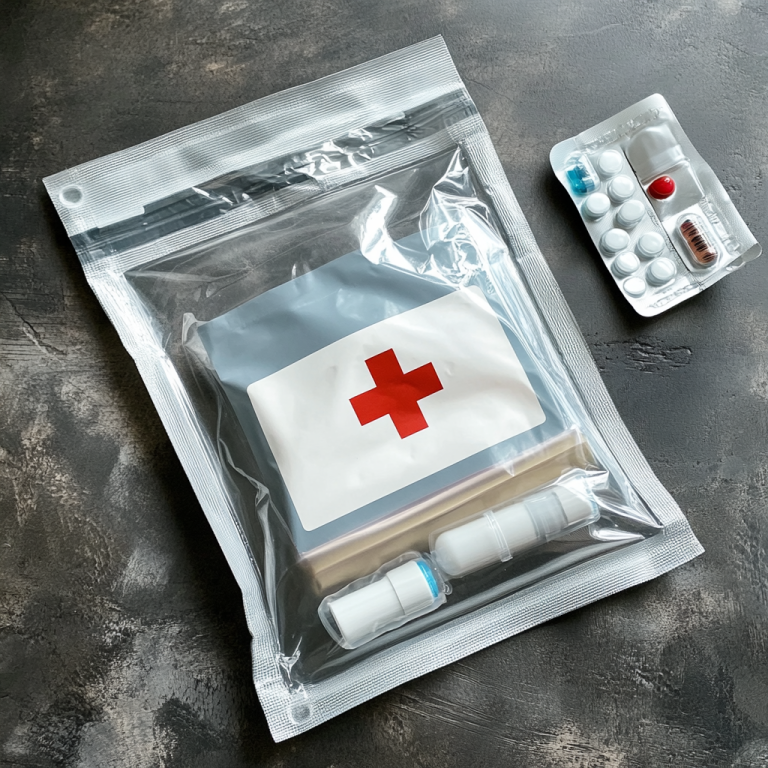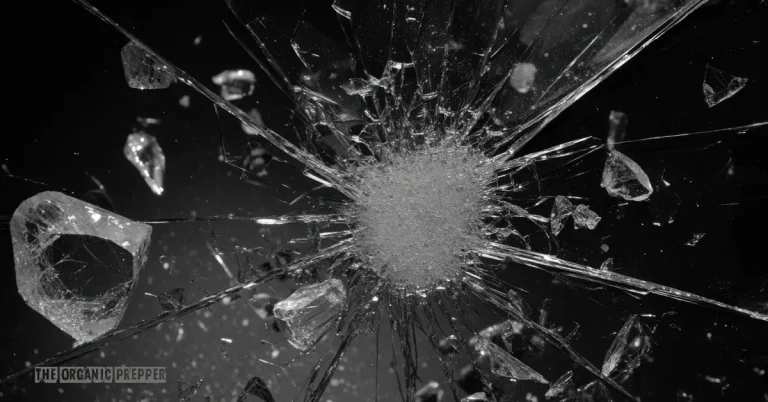Should you be concerned about chloroform in your water?
The Truth About Storing Water: Debunking Myths and Quenching Concerns
Today, we’re diving into the not-so-deep end of water storage. Grab your snorkels, because we’re about to clear up some murky misconceptions faster than you can say “H2O”!
The Chloroform Conundrum
Recently, a concerned reader asked, “Should I be worried about chloroform in my stored water?”
First off, kudos for being so vigilant about water quality! It’s refreshing to see someone so concerned about what’s on tap. But before you start eyeing your faucet with suspicion, let’s put things into perspective.
Yes, chloroform can form in treated water as a byproduct of chlorination. It’s one of those pesky disinfection byproducts (DBPs) that pop up when chlorine throws a party with organic matter in the water. But here’s the deal:
- Municipal water treatment facilities are like the bouncers of the water world – they’re constantly monitoring and regulating these DBPs to keep them well below levels that could cause harm.
- The levels in treated tap water are typically so low that you’d have to drink enough water to fill an Olympic-sized swimming pool before it became a health concern. (Please don’t try this at home – you’d likely drown long before the chloroform became an issue!)
So, should you be concerned about chloroform in your municipal water? In most cases, it’s about as worrisome as a rubber duck in a bathtub.
To Treat or Not to Treat?
Now, onto the million-dollar question: Should you treat your municipal water before storing it?
Drumroll, please… The answer is a resounding “Nope!”
That’s right, folks. If you’re using municipal water, it’s already been treated more thoroughly than a VIP at a luxury spa. There’s no need to give it the special treatment again before tucking it away for a rainy day (or a not-so-rainy apocalypse).
The Rotation Situation
Here’s another myth we’re going to burst like a water balloon at a summer picnic: You don’t need to rotate your stored water either!
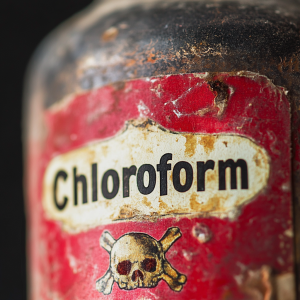
Should you treat your water before storing it?
That’s right, properly stored municipal water isn’t like those leftovers in your fridge. It doesn’t come with an expiration date. In fact, treated water, when stored correctly, is like the vampire of beverages – it can theoretically last forever. No need to mark your calendar for a water-changing party every six months!
Storage Smarts
So, what’s the secret to eternal water youth? It’s all about location, location, location!
- Cool and Dark: Store your water in a cool, dark place. Think of it as a spa retreat for your H2O – no sunbathing allowed!
- Algae Alert: By keeping your water cool and dark, you’re sending algae an “uninvite” to the party. No heat means no unwanted green guests.
- Container Considerations: While water doesn’t go bad, plastic can degrade over time. Give your containers a once-over every few years. Think of it as a wellness check-up for your water’s home.
Container Conundrum: What’s the Best Material for Long-Term Water Storage?
Now that we’ve cleared up the myths about water treatment and rotation, let’s talk about what you should be storing your liquid life in. After all, your water deserves a five-star hotel, not a shady motel!
The Fantastic Plastic
When it comes to long-term water storage, not all plastics are created equal. You’ll want to look for containers made from food-grade plastic. The superstars in this category are:
- High-Density Polyethylene (HDPE): This is the Clark Kent of plastics – tough, reliable, and great at keeping your water safe. Look for the recycling symbol with the number 2.
- Polyethylene Terephthalate (PET or PETE): The Superman of water bottles. It’s clear, strong, and doesn’t play host to harmful bacteria. You’ll find this one with a number 1 in the recycling symbol.
Both these plastics are BPA-free, so you don’t have to worry about any unwanted chemical guests crashing your water’s long-term storage party.
Glass: The Classic Choice
If plastic isn’t your style, glass is always a classy choice. It’s inert, meaning it won’t leach any flavors or chemicals into your water. Plus, it’s endlessly reusable – Mother Earth approves! The downside? It’s heavier than plastic and can break if you drop it. So maybe not the best choice if you’re storing water in your “just in case of zombies” bunker.
Stainless Steel: The Tough Guy
For those who want their water storage to be as indestructible as their emergency preparedness plans, stainless steel is your go-to. It’s durable, doesn’t leach chemicals, and keeps your water tasting fresh. The drawback? It can be pricier than plastic options.
What to Avoid
Now, let’s talk about the containers that should be voted off the water storage island:
- Milk Jugs and Single-Use Bottles: These are like the one-hit wonders of the water storage world. They’re not designed for long-term use and can break down over time.
- Non-Food Grade Plastics: If it wasn’t meant to store food or water in the first place, don’t use it! This includes things like old chemical containers or laundry detergent bottles. Your water deserves better!
Remember, whichever material you choose, make sure it’s clean and food-grade. You wouldn’t serve dinner on a dirty plate, so don’t store your water in a sketchy container!
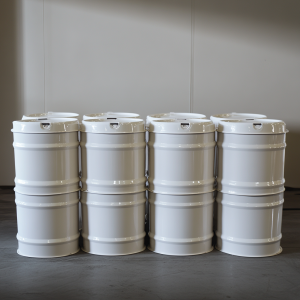
Metal makes the best water containers for storage
The Bottom Line
In the world of water storage, it’s not about being a glass-half-full or glass-half-empty kind of person. It’s about having a glass-totally-full-and-ready-for-anything mentality!
So, to sum it up: Tell chloroform to take a hike, forget about rotating water like it’s on a Lazy Susan, and focus on proper storage in the right containers. With municipal water tucked away in a cool, dark spot, you’ll be sitting pretty (and hydrated) no matter what comes your way.
Remember, in a real emergency, you’ll be thanking your past self for storing all that water, whether it tastes like spring rain or a kiddie pool. When the taps run dry, no one’s going to be a water snob!
Stay hydrated, stay prepared, and don’t let water worries dampen your spirits. After all, life’s too short to spend it all in a chloroform over nothing!







